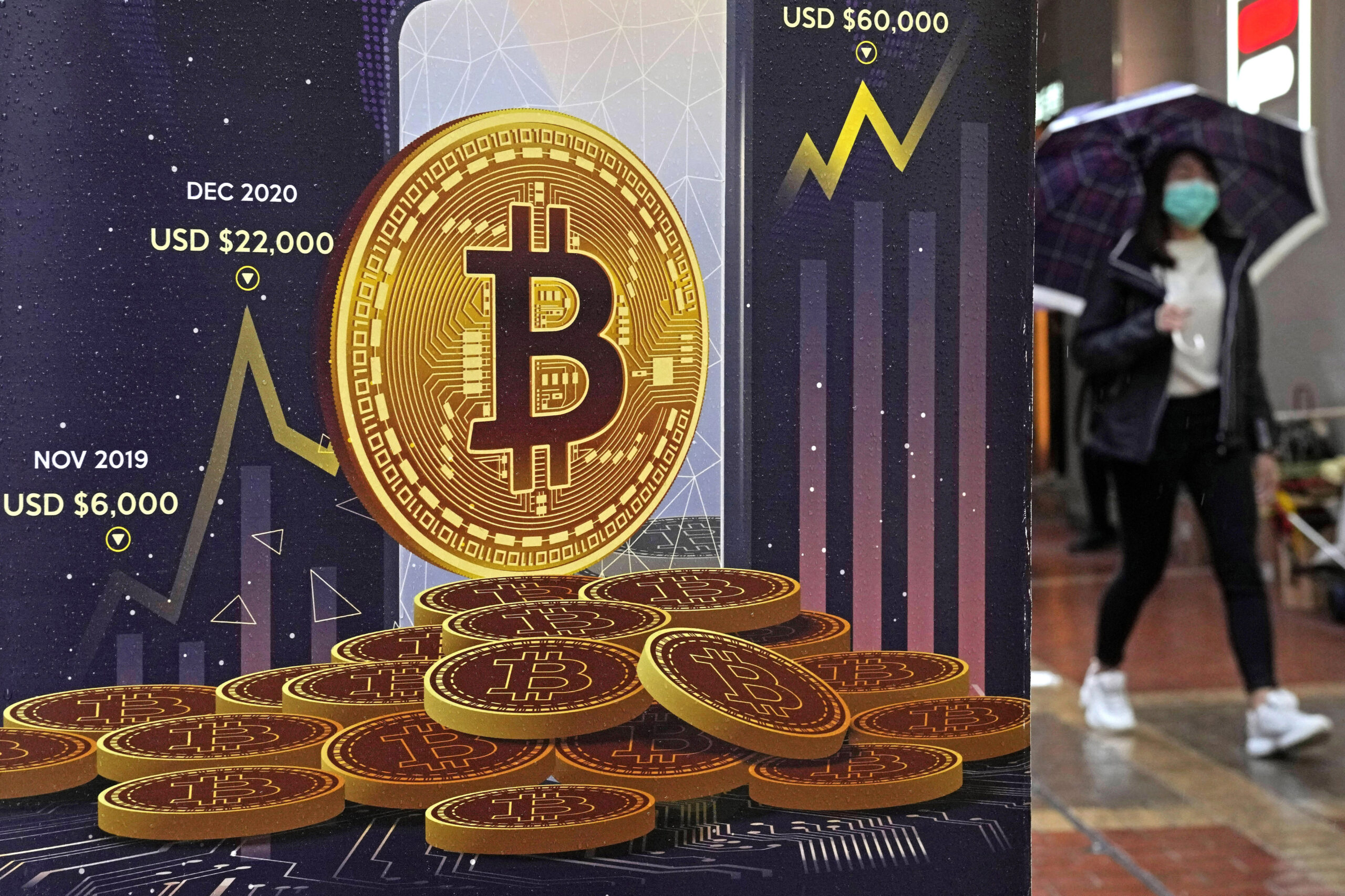

Every four years, the world observes the Summer Olympics, the U.S. presidential election, and the much-anticipated bitcoin “halving” event.
The next bitcoin halving, or “halvening,” is expected to occur on April 20 at 11 a.m. Eastern time, and experts say this could have major implications for the cryptocurrency market.
What is the ‘halving’ event?
The bitcoin “halving” event refers to a point when the reward allotted to bitcoin miners is cut in half. Occurring roughly once every four years, the halving is designed to facilitate scarcity in the cryptocurrency.
Approximately every 10 minutes, 6.25 BTC, currently worth over $400,000, is awarded to the miner who validates the most recent “block” of transactions. The data from each block are strung together and distributed to every computer running a node. This forms what is known as the “blockchain.”
The initial “block reward” was 50 BTC, currently about $3.5 million, and soon it will be 3.125 BTC, currently over $200,000. The amount of bitcoin mined will continue to decrease over time until every bitcoin has been mined, which is estimated to happen around the year 2140. This makes bitcoin a deflationary cryptocurrency.
Why does bitcoin need miners?
Bitcoin “mining” is a euphemism for the process of validating blocks of transactions. In order to properly validate the block, a miner must use a complex algorithm to “crack the code” and find a unique number called the “nonce.” The difficulty of this task progressively adjusts as more miners join the network, such that it will always take roughly 10 minutes to mine each block.
Mining through this process called “proof of work” is central to the security of the bitcoin network because it ensures there can be no double spending, counterfeits, or fraudulent transactions approved on the network without the need for a “trusted third party,” such as a bank or the government. Because bitcoin is able to operate without a centralized third party, it is theoretically resistant to outside censorship.
Many other cryptocurrencies use a similar mining process, including litecoin, ethereum classic, and monero. These “altcoins” have their own monetary policies aimed at facilitating scarcity. Ethereum classic, for example, has a capped maximum supply like bitcoin does, but it has a “fifthening” event every two years instead of a halving event. The fifthening reduces the reward by 20% instead of 50%.
What are the market implications?
As the increase in bitcoin supply decreases through the halving event, the market price has risen substantially following these events in 2012 and 2016. The 2020 halving did not see an immediate rise in price due to COVID-19, but it did shoot up from just under $10,000 to over $55,000 in the year following the event and over $70,000 before the next halving.
Joe Burnett, a financial services expert for Unchained, posted his analysis on X, explaining there is “not an immediate effect because a cut in the flow of new coins requires time,” but he described the halving event as “very bullish” because of the “natural wave of adoption” it attracts.
CLICK HERE TO READ MORE FROM THE WASHINGTON EXAMINER
“Considering [the] halving and price trends from a very rigorous quantitative point of view, there is no evidence supporting a positive correlation between the halving event and BTC price,” Hao Yang, head of options at Bybit, told Cointelegraph. “But history can be interpreted in many different ways.”






